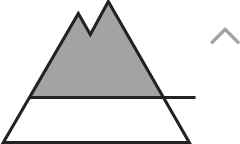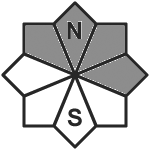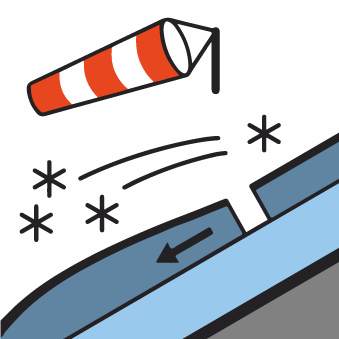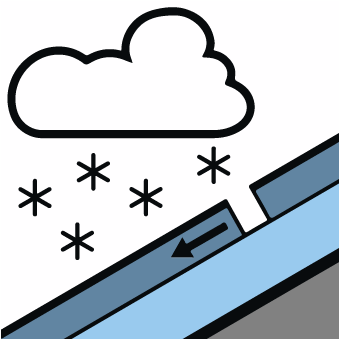
Danger level
 | treeline |
|  |
|  |

Snowdrifts at high altitude prone to triggering.
Avalanche danger above the timberline is moderate, below that altitude danger is low. Snowdrifts are problematic. Small slab avalanches can be triggered by a single person engaged in winter sports in steep NW/N/E-facing terrain as well as in wind-loaded gullies and bowls. Number of avalanche prone locations increases with ascending altitude. In addition, new fallen snow can trigger naturally as small loose snow avalanches in extremely steep terrain. Smaller glide-snow avalanches can release on steep slopes over smooth ground with still plenty of snow.
Snowpack
Some 15cm to 25cm of new snow have fallen accompanied by a little wind. Another 10cm will fall. In wind-exposed areas at high altitudes the new snow will be transported. In some places fresh snowdrifts will be deposited atop soft layers. Layers that are embedded within the new snow or snowdrifts can also be prone to triggering. At intermediate altitudes new snow and old snowpack surface have bonded well widespread. The snowpack base is wet widespread. Possibility of gliding movements over smooth ground.
Tendency
Snowdrifts at high altitude remain prone to triggering. Avalanche danger will not change significantly.




